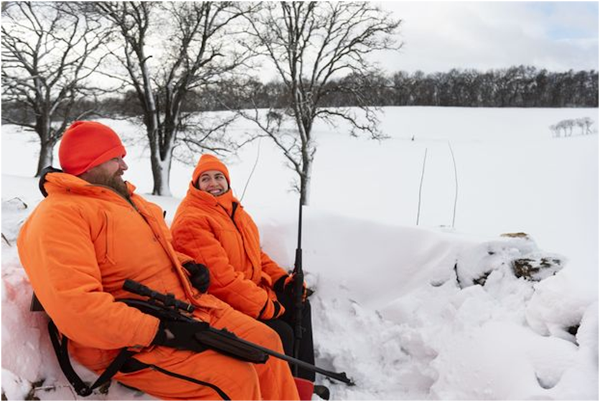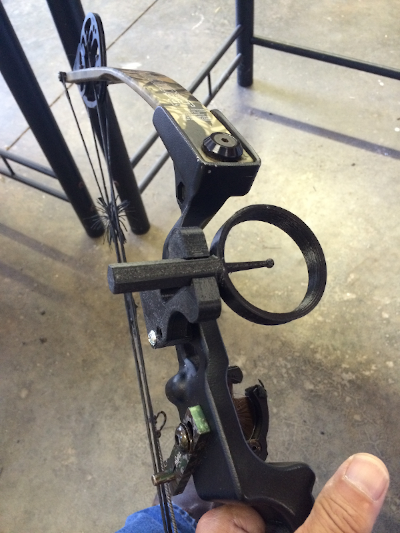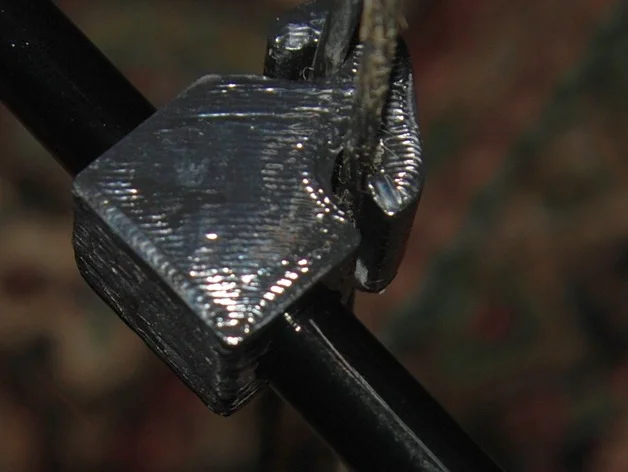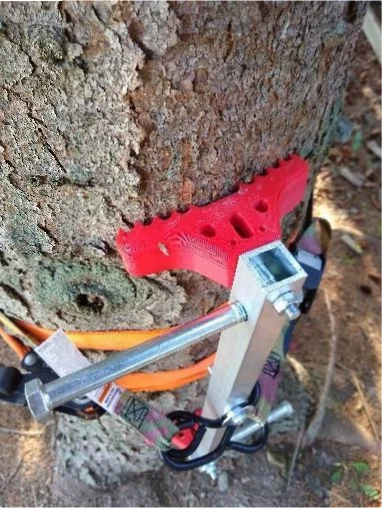
Charles R. Goulding and Peter Favata gather 3D printing ideas for hunters.
Hunting has been around for millions of years, starting out as one of the main sources of food along with farming livestock. Later on, hunting became more for sport rather than survival. This started around the Middle Ages where hunting was reserved mainly for the wealthy, being that it was linked to land ownership. This changed post-French Revolution with hunting becoming accessible to the masses. This, however, came with some issues as anyone being able to hunt ended up damaging the ecosystem. To solve this, a permit system was put into place in an attempt to regulate the hunting. This worked for some time; eventually, though, the permits became so expensive that only the rich and well-off could afford them.
Moving forward to modern times, hunting is an extremely regulated sport with many rules and regulations in place to keep both hunter and ecosystem safe and happy. In the past year, hunting has seen a large boost in popularity partly due to the COVID-19 pandemic. Hunting licenses sales are up over 12% in the U.S. from last year, according to the National Shooting Sports Foundation.
3D Printed Gear
Hunting comes with a variety of accessories that can be used to help make the outing easier. From hiking to a spot to repairing equipment, 3D printing is a useful tool to create these parts and accessories. A large part of hunting is the hike to your spot. When hunting for deer, the average person can walk 2-4 miles in and the same for the return, not including the possibility of having to track a wounded animal in the event of a misplaced shot. We have published a Fabbaloo article on 3D printing hiking gear that can be seen here.
Compound Bow
3D printing is very useful for replacement parts of hunting equipment. A good example of this is for hunters who enjoy hunting with a compound bow. One of the accessories that can be printed is a new sight for the bow. Many people’s eyes are slightly different based on whether they are left or right eye dominant and depth perception varies; having a sight you can customize is a very useful tool. Below is an image of a 3D printed sight:

Another replacement part that can be 3D printed is the cable slide. This is an important piece of the bow that holds the string/cables out of the arrow’s line of fire. 3D printing can be used to create the part and make sure it fits snugly onto the bow. Below is an image of the part:

Tree Stands
Tree stands are an important part of hunting. They give people the ability to view the landscape from high ground, hidden in the foliage above the animals. A good example of 3D printing for tree stands is the steps of climbing sticks. Climbing sticks are used to help the hunter safely get from the ground into their tree stand. These steps are curved with spikes on one end to securely grip the tree so you can climb up them. Below is a photo of the 3D printed climbing sticks:

3D printing and similar activities used for developing innovative hunting equipment may be eligible for Research and Development (R&D) Tax Credits.
The Research & Development Tax Credit
Whether it’s used for creating and testing prototypes or for final production, 3D printing is a great indicator that R&D Credit eligible activities are taking place. Companies implementing this technology at any point should consider taking advantage of R&D Tax Credits.
Enacted in 1981, the now permanent Federal Research and Development Tax Credit allows a credit that typically ranges from 4%-7% of eligible spending for new and improved products and processes. Qualified research must meet the following four criteria:
- Must be technological in nature
- Must be a component of the taxpayer’s business
- Must represent R&D in the experimental sense and generally includes all such costs related to the development or improvement of a product or process
- Must eliminate uncertainty through a process of experimentation that considers one or more alternatives
Eligible costs include US employee wages, cost of supplies consumed in the R&D process, cost of pre-production testing, US contract research expenses, and certain costs associated with developing a patent.
On December 18, 2015, President Obama signed the PATH Act, making the R&D Tax Credit permanent. Beginning in 2016, the R&D credit can be used to offset Alternative Minimum tax for companies with revenue below $50MM and, startup businesses can obtain up to $250,000 per year in payroll tax cash rebates.
Conclusion
With hunting on the rise, it would not be a surprise to see the equipment industry grow in the coming years. With production needing to increase, turning to 3D printing could be one of the best ways to make lighter, durable, and more affordable gear in the coming years.
